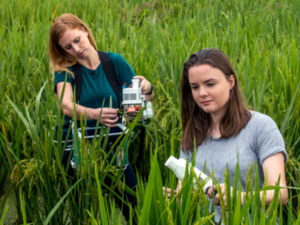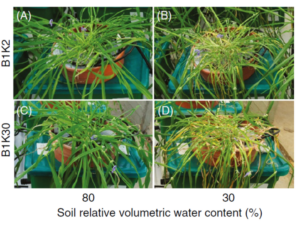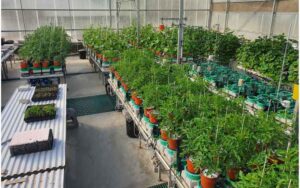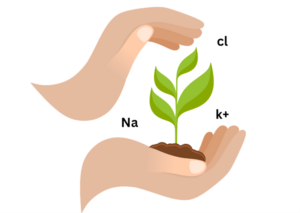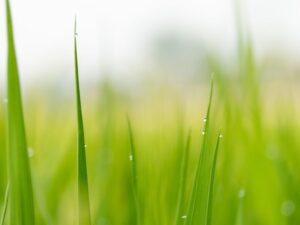Machine learning (ML) is revolutionizing plant analysis, offering powerful tools to accelerate discovery, optimize resource use, and enhance our understanding of plant behavior. As phenotyping shifts from manual observations to high-resolution, automated systems, ML plays a critical role in extracting meaningful patterns from large, complex datasets.
What are the key machine learning techniques used in plant phenotyping?
The most common machine learning techniques in phenotyping include:
- Supervised learning (e.g., Support Vector Machines, Random Forest, XGBoost)
- Unsupervised learning (e.g., K-means clustering, PCA)
- Deep learning (e.g., Convolutional Neural Networks for image-based trait analysis)
- Reinforcement learning, though less common, is emerging in robotic phenotyping.
Each of these approaches helps model complex genotype–phenotype relationships, even when data is noisy or incomplete.
How can machine learning improve the accuracy of plant trait analysis?
ML enhances trait analysis by:
- Reducing human bias and subjectivity in trait scoring
- Integrating diverse data types (e.g., image, sensor, genomic)
- Identifying non-linear patterns and genotype × environment interactions
- Detecting early stress signals before visible symptoms occur
When combined with real-time physiological data — such as that collected via PlantArray — ML can detect subtle shifts in traits like transpiration or WUE, leading to more precise phenotypic classification.
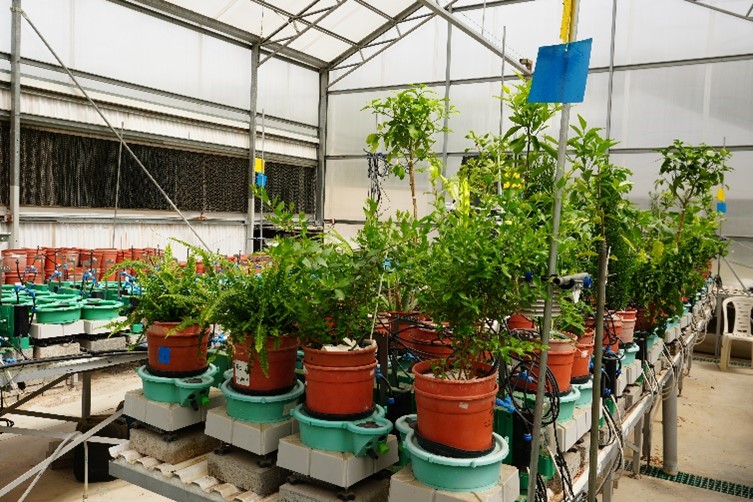
What types of data are most effective for training machine learning models in phenotyping?
- Time-series physiological data (e.g., transpiration, biomass, water-use efficiency
- Imaging data (RGB, hyperspectral, thermal)
- Environmental data (temperature, humidity, light)
- Genomic and transcriptomic profiles (for integrative modeling)
How do I choose the right machine learning algorithm for my phenotyping project?
- Data type (structured like sensor data vs. unstructured like images)
- Goal (classification, regression, clustering, or anomaly detection)
- Computational resources and dataset size
- Interpretability (e.g., decision trees are easier to interpret than neural networks)
Tip: Start with a baseline model (like Random Forest), then experiment with more complex models like deep neural networks if performance needs improve.
What are the challenges of implementing machine learning in plant phenotyping?
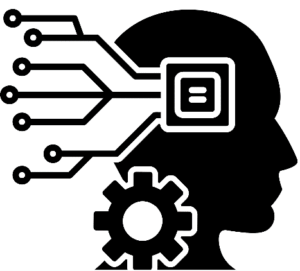
Some key challenges include:
- Data quality and standardization
- Labeling and annotation effort
- Overfitting with small datasets
- Integrating multiple sensor types
- Limited access to computational infrastructure
However, platforms like PlantArray can reduce variability and improve signal quality by offering clean, repeatable physiological data, which minimizes noise in ML training sets.
Can machine learning be used to predict plant growth and yield outcomes?
Yes! In fact, yield prediction is one of the most active areas of ML in phenotyping. By combining:
- Early-stage physiological traits
- Environmental metrics
- Genomic profiles
ML models can forecast growth patterns and final yield outcomes with increasing accuracy. For example, using PlantArray data, researchers can train models to correlate early biomass and transpiration dynamics with end-of-season yield.
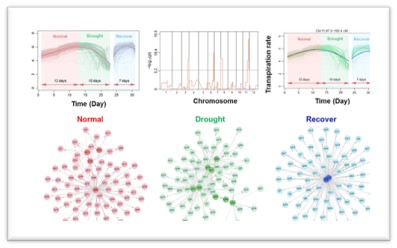
This figure illustrates the dynamic QTL networks controlling transpiration rate in tomato under well-watered, drought, and recovery phases:
- Top-left panel shows longitudinal transpiration rate curves for different introgression lines (ILs).
- Middle is a Manhattan plot highlighting significant marker associations on specific chromosomes.
- Bottom networks display interacting QTLs under normal (red), drought (green), and recovery (blue) conditions
What role does deep learning play in advanced plant phenotyping systems?
Deep learning enables:
- End-to-end modeling (from raw data to trait prediction)
- Automated feature extraction from image or waveform data
- Multimodal learning, where models analyze images and physiological data together
In the context of functional phenotyping, deep learning can uncover hidden patterns in transpiration curves, growth dynamics, or diurnal stress responses, particularly when paired with systems like PlantArray.
Are there open-source machine learning tools available for phenotyping applications?
Yes. Some widely used open-source tools include:
- PlantCV – image analysis library for plant phenotyping
- TensorFlow/Keras – general deep learning frameworks
- scikit-learn – ML toolkit for structured data
- Phenotyper – for statistical QTL analysis
- ImageJ + DeepImageJ – for phenotyping image workflows
These tools support customization and community-driven development, making them accessible to research labs of any size.
Machine learning is not just a trend — it’s becoming essential in next-generation plant phenotyping. From trait prediction to stress detection, its value depends on accurate, continuous data. While deep learning models handle complex image and time-series inputs, platforms like PlantArray enable those models to be trained on clean, physiological signals, bridging the gap between sensor output and actionable insight.
Whether you’re a data scientist, breeder, or research agronomist, integrating machine learning with smart phenotyping platforms will transform the way you approach plant research.

